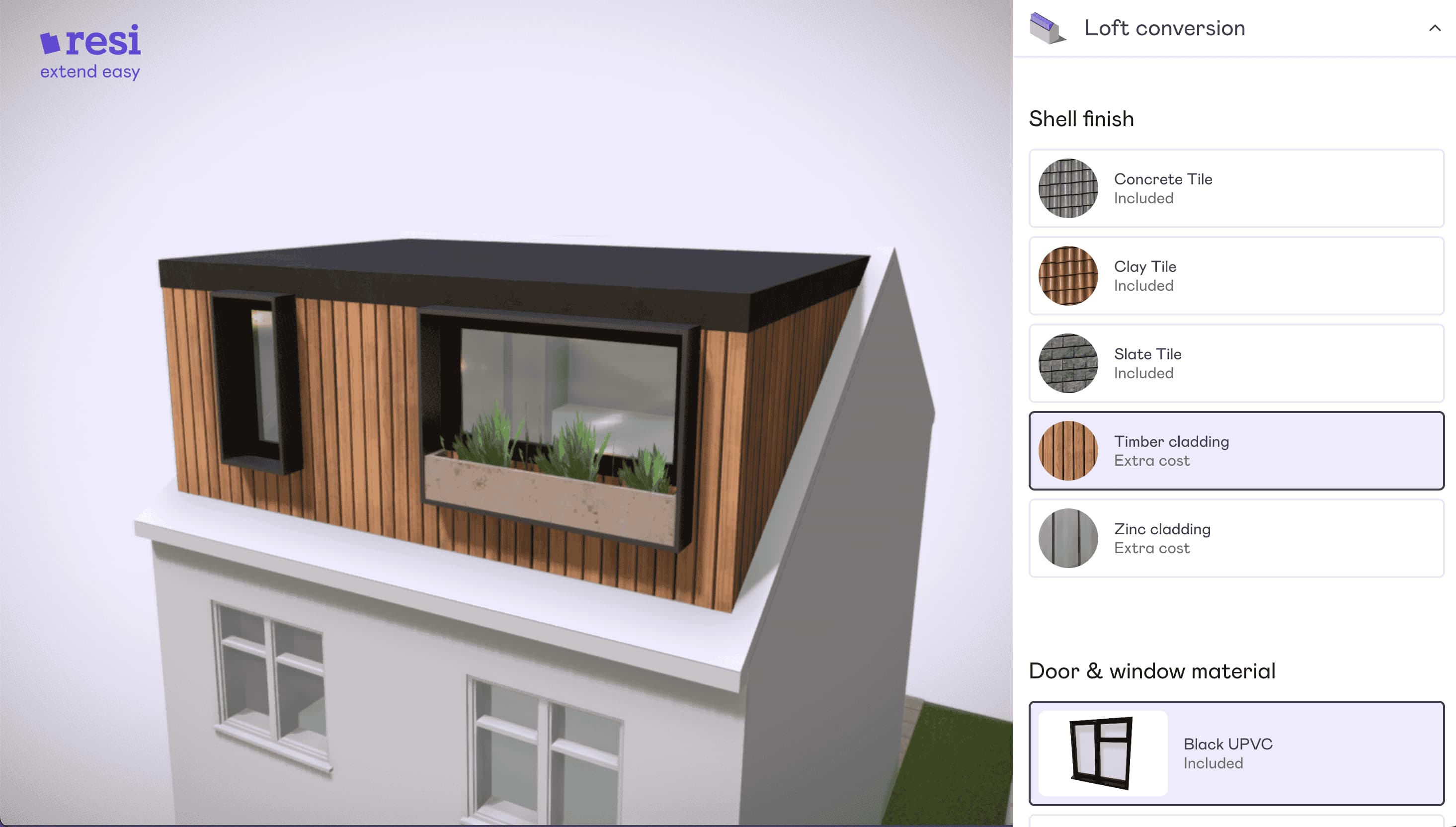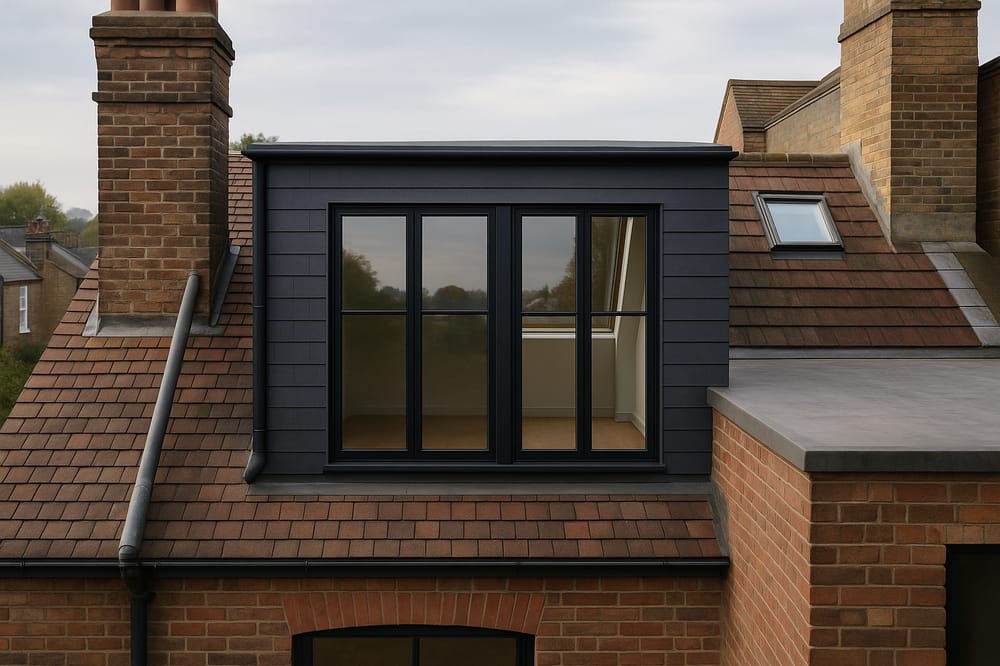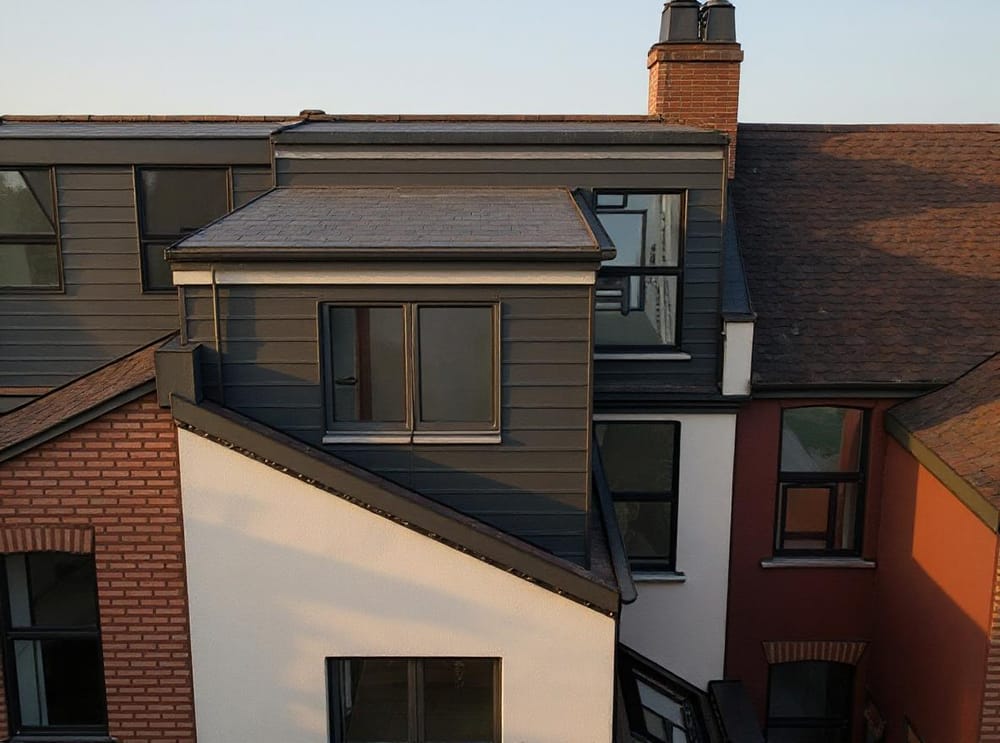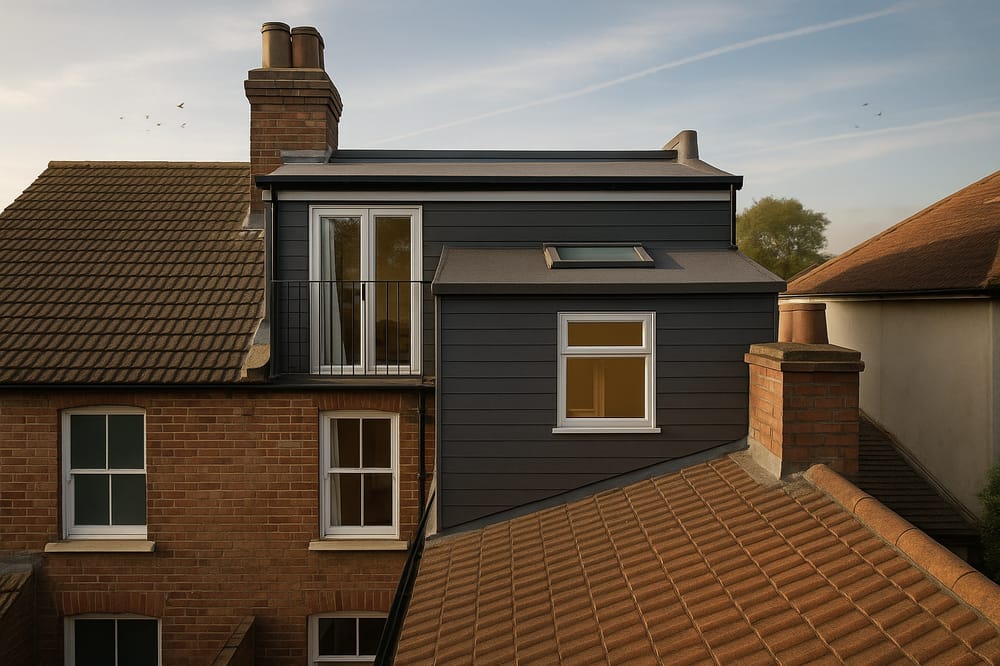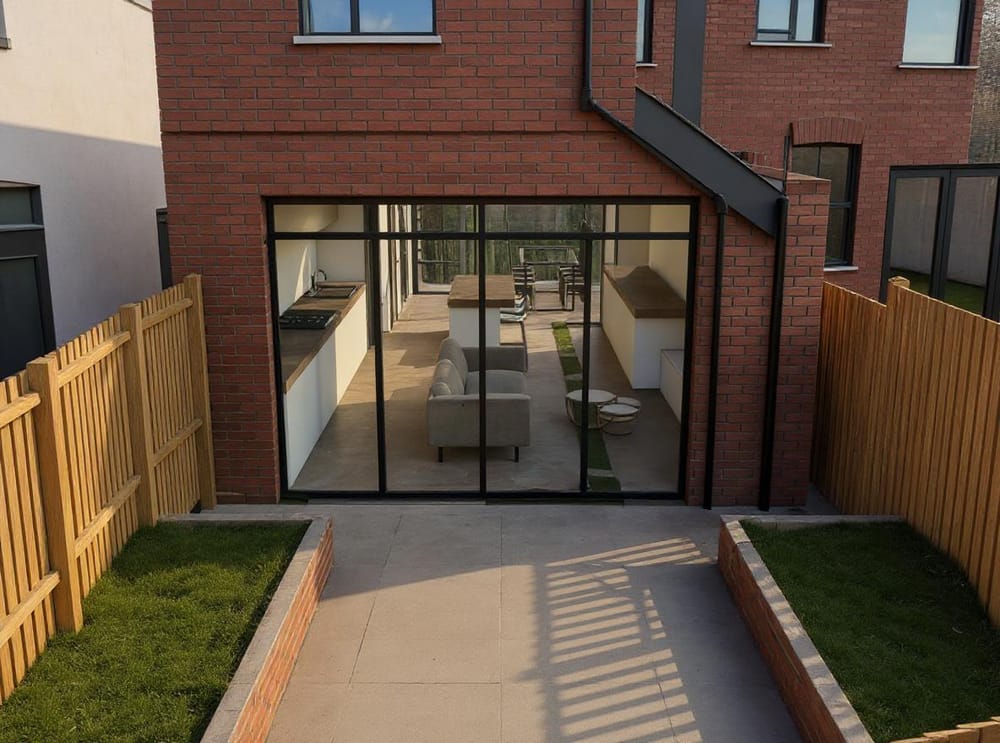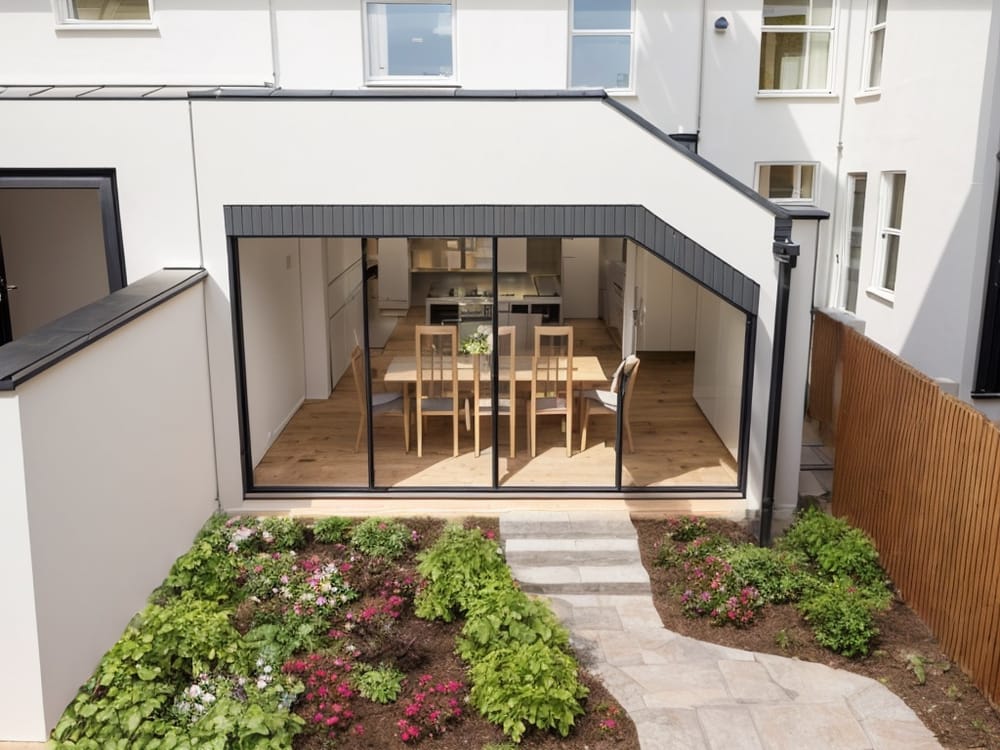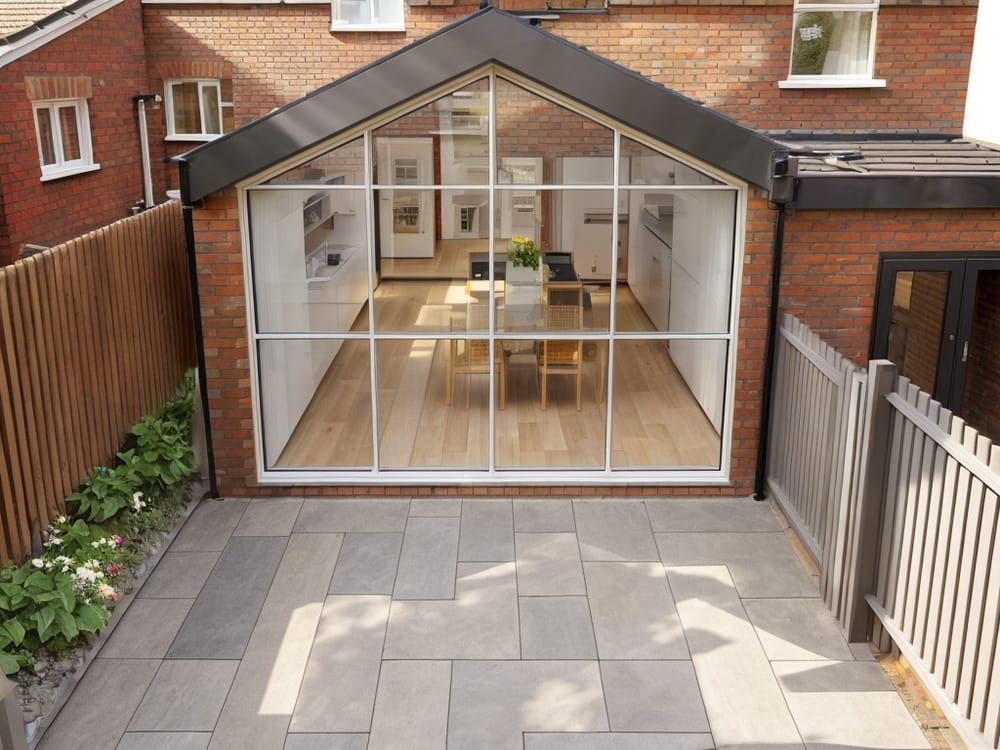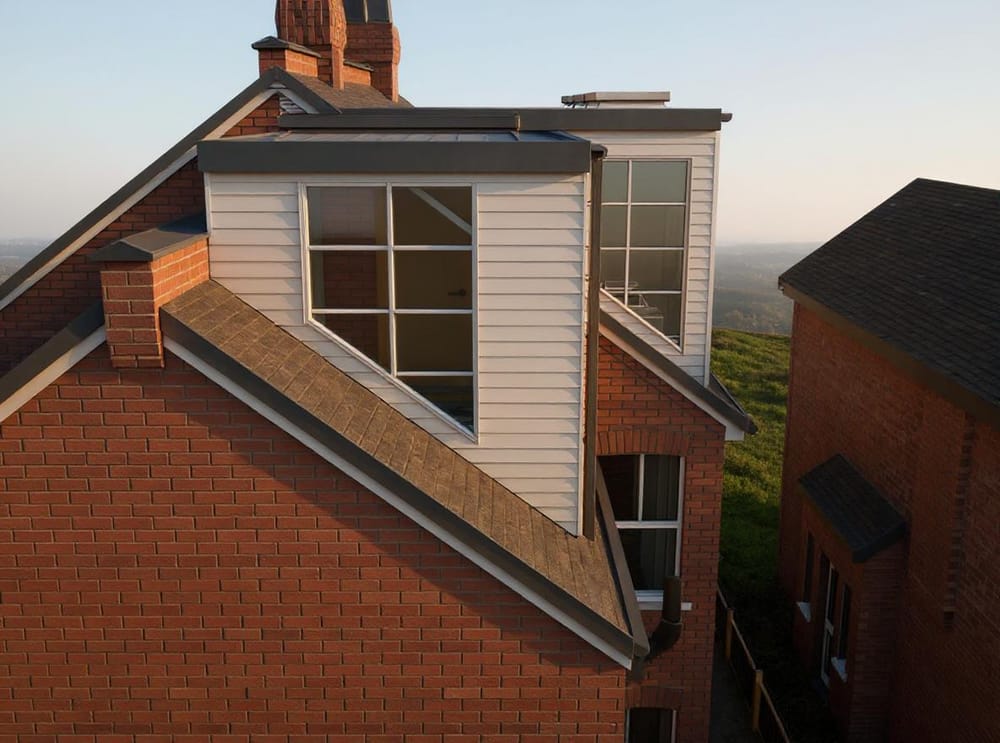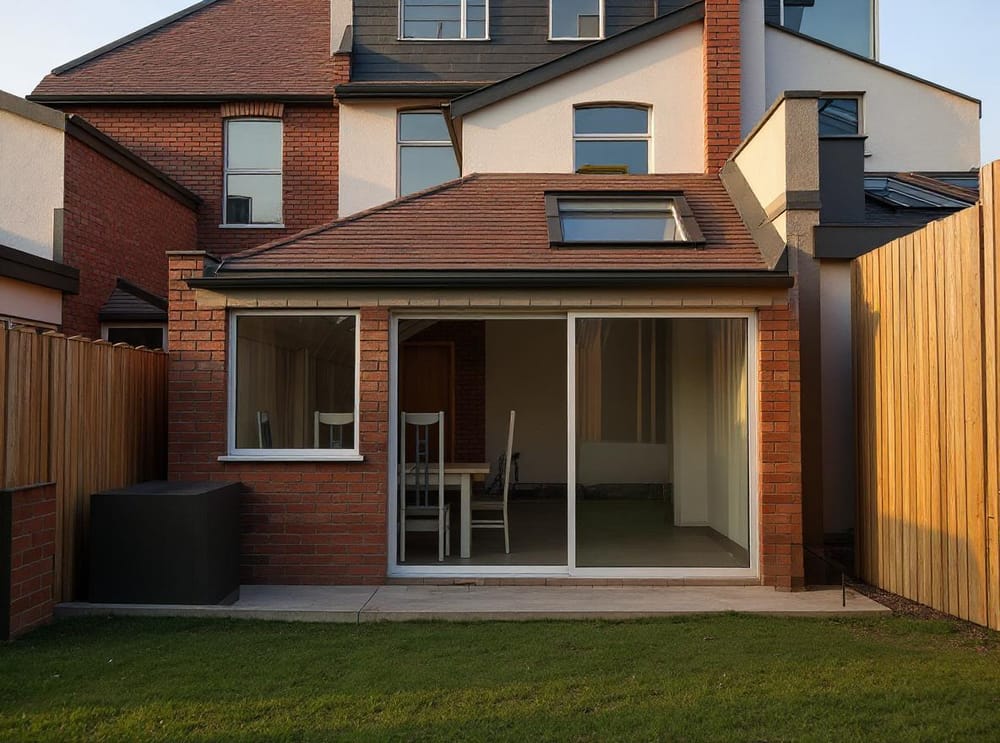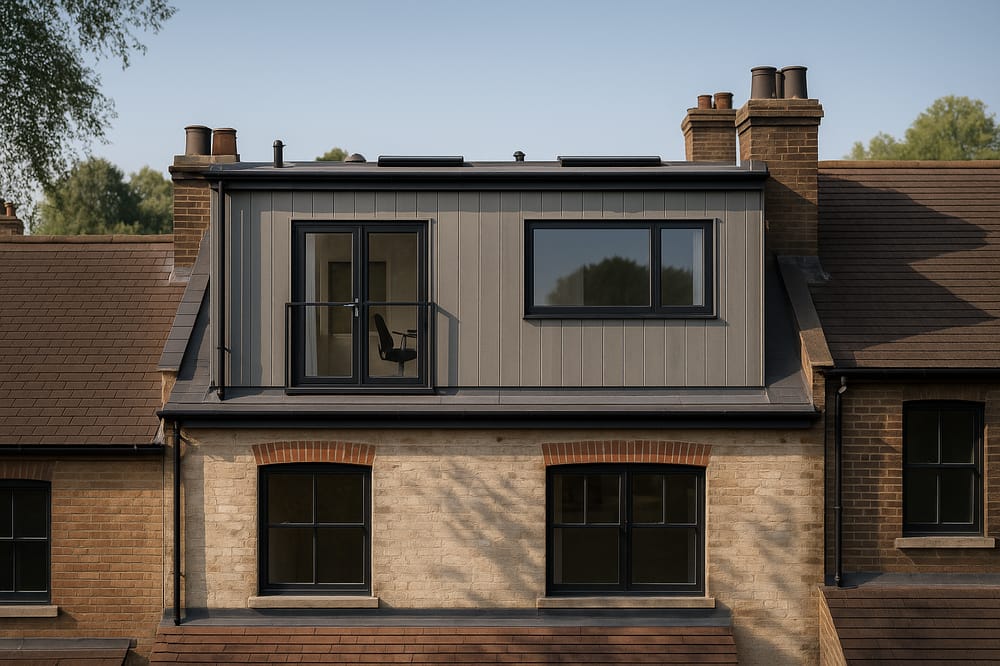Do you have an unused attic in your London home? Do you need more space in your house? And how would it sound to increase the value of your property by up to 20%?
In this article, we will tell you all about loft conversions in London. Read on to learn all there is to know for a successful loft conversion.
What is a loft conversion?
Loft conversions have increasingly gained popularity in the UK, as they offer numerous advantages.
But what are we talking about, really? A loft conversion is the process by which an unused attic space at the top floor of a house or building is converted into a habitable living space. The most common loft conversions include converting attics into bedrooms (with and without en-suites), offices or gym rooms.
Why convert my attic into a loft?
There are many benefits to a loft conversion for your home. The main one is that it will offer you extra living space.
A new room may be welcome if your family is getting a little bigger for example. Or if you are planning on hiring a live-in au-pair? Or maybe you just want to be able to welcome family members on weekends and holidays.
You could also use this now underused space to create a luxurious private gym or a wonderful playroom for your children.
In any case, converting your attic will increase the habitable space in your house and its resale value.
So the value of my home will increase with a loft conversion?
Yes. The answer is simple. Loft conversions undoubtedly add value to your home’s sale worth. Many London homes have already had a loft conversion, and their mean value was increased by up to 20%, according to The Guardian.
Not only will you live in a nicer, bigger home, but you’ll also make more money out of it if you decide to sell your house in the future.
All about Planning Permission
Do I need any kind of permission to conduct a loft conversion?
In some cases you will need to apply for ‘Planning Permission’, sometimes also called ‘Developmental Approval’. Since the 1947 Town and Country Planning Act, every construction on land or change in the use of land requires approval from your Local Planning Authority.
More information about loft conversion regulations is given on the ‘Planning Portal’ website. You can also find out more on our dedicated article here.
If you live in London, finding your Local Planning Authority is pretty straightforward. Each London Borough has its own. All 32 Boroughs have their own websites with their own information, contact details and documentation. Check out this Mayor of London webpage to find the specific portal for where you live.
Are there any building control regulations where I live?
Depending on where you live, there could be building control regulations in place that you will have to comply with. You should check with your Borough if you live in a ‘Designated Area’, such as a Conservation Area or World Heritage Site.
Are there any other building control regulations I should be aware of?
The ‘Planning Portal’ gives an extensive list of regulations you have to comply with according to your home type. They can be found here. Such regulations include not living in a shared building with multiple flats, not having had additional levels added to the building in the past, or not having changed to a residential use after having been a non-residential property in the past.
Limitations on the loft extension development
There are a couple limitations on the way you enact your loft extension. Find out more on the Planning Portal’s website. This includes building the loft conversion in visually similar materials to the ones your home was originally constructed in, not expanding your home by over 50 cubic metres, not exceeding the height of the current roof, and more…
How much does a planning permission application cost?
There is a standard fee of £238 per household application for a planning permission application.
Once through the ‘validation stage’ where the Council checks the required documentation, your permission is validated and available on the Council’s website. This process usually takes from 8 to 10 weeks.
What are the different types of loft conversion?
Now that you know all about the administrative process for a loft conversion and specific regulations, it’s time to dive into what conversion you actually want for your home!
Velux or roof window loft conversion
This is the simplest way of converting your loft. Adding roof windows is very popular because they require no restructuring of the roof. Your framework remains as it is, and all there is to do is fit a skylight directly in the roof’s lining. Your attic will substantially benefit from natural light as the velux window acts as a skylight.
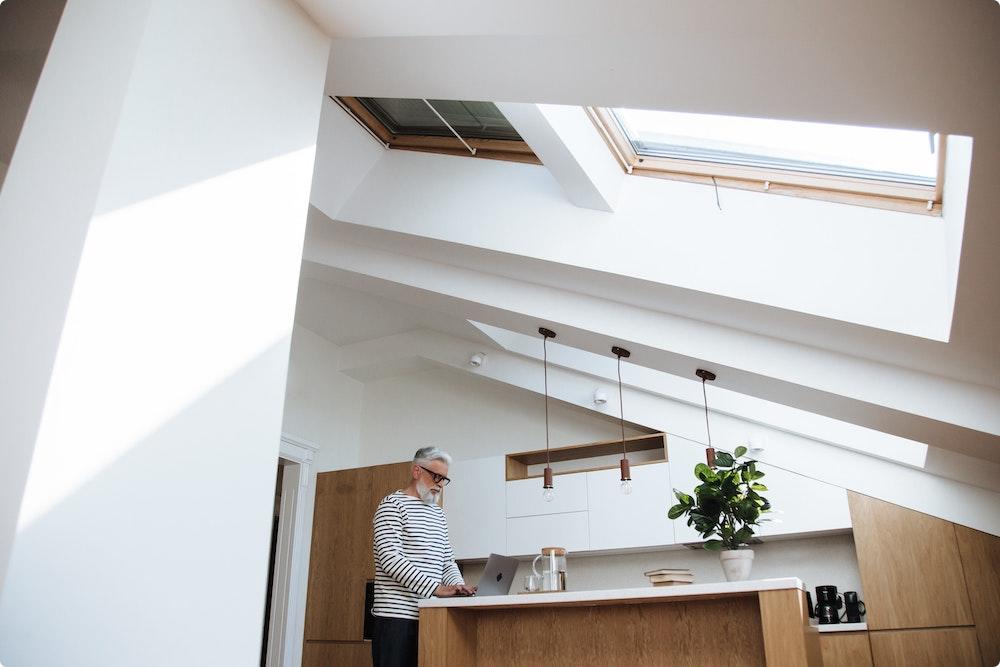
Why are roof windows a go-to loft conversion strategy?
Roof windows are the most popular option for loft conversions. Indeed, they are very cost-effective, because of the small amount of work necessary to have them installed.
What is more, velux windows are very simple to install, so you’ll endure little disturbance during the works in your home. Finally, they generally don’t require planning permission in the UK. Velux installations are generally eligible under your permitted development rights. More info here.
Dormer loft conversion
Along with velux loft conversions, dormer loft conversions are amongst the most popular types of conversions in the UK. They’re the best way to expand your home at a competitive cost.
The sloping side of the roof is altered to build vertical walls and a flat roof to expand the underhead height of the room. You’ll feel much more at ease walking in your new loft - especially if you’re tall. In most cases, these loft conversions are also eligible under your permitted development rights.
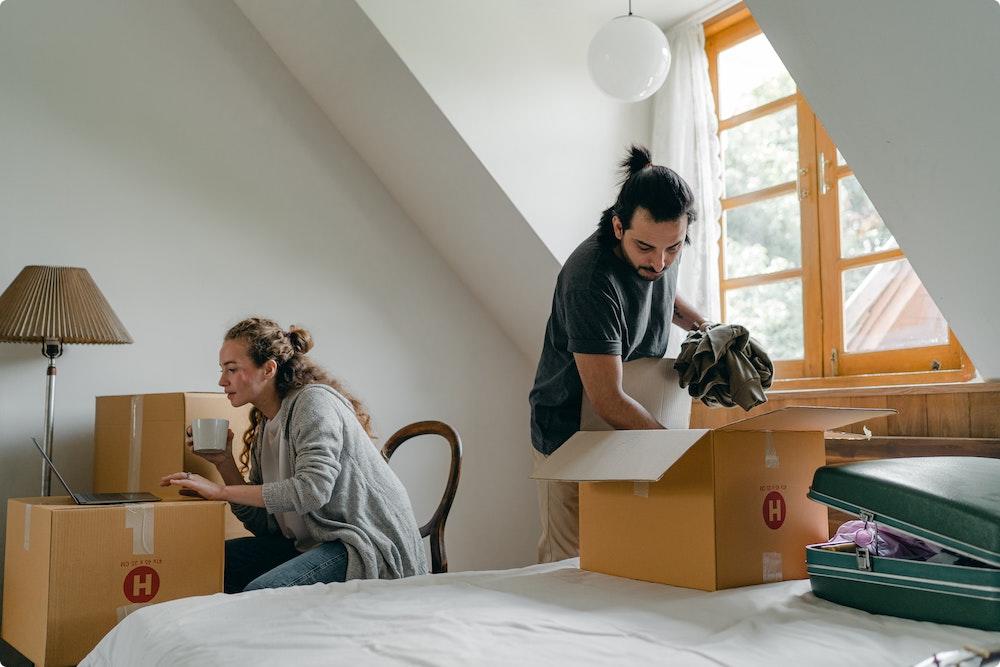
Mansard loft conversion
This type of loft conversion owes its name to the famous French architect François Mansard for his similar works. A mansard loft conversion completely replaces one half of the property’s roof to uplift it to an actual extra floor, by keeping the other side’s roof structure.
This is a much more aesthetic way of converting your loft than a dormer extension because it naturally fits into the house’s existing structure.

What should I be careful with if I go for a Mansard loft conversion?
Mansard loft conversions can add the most value to your home because of the extensive nature of the works and the real extra space added to your property. However, bear in mind that they require a full planning permission application to your Local Planning Authority because of the considerable restructuring they entail.
Hip-to-gable loft conversion
This might sound like an unfamiliar name to you, but this kind of conversion is actually more straightforward than you think. A hip-to-gable loft conversion simply consists in the uplifting of one part of the roof’s hip to add more underhead space in the room.
A new vertical wall is built from the existing gable, allowing considerable room height gains. This type of loft conversion is particularly common in the UK because of the particularly small size of the rooms in our kingdom compared to other countries.
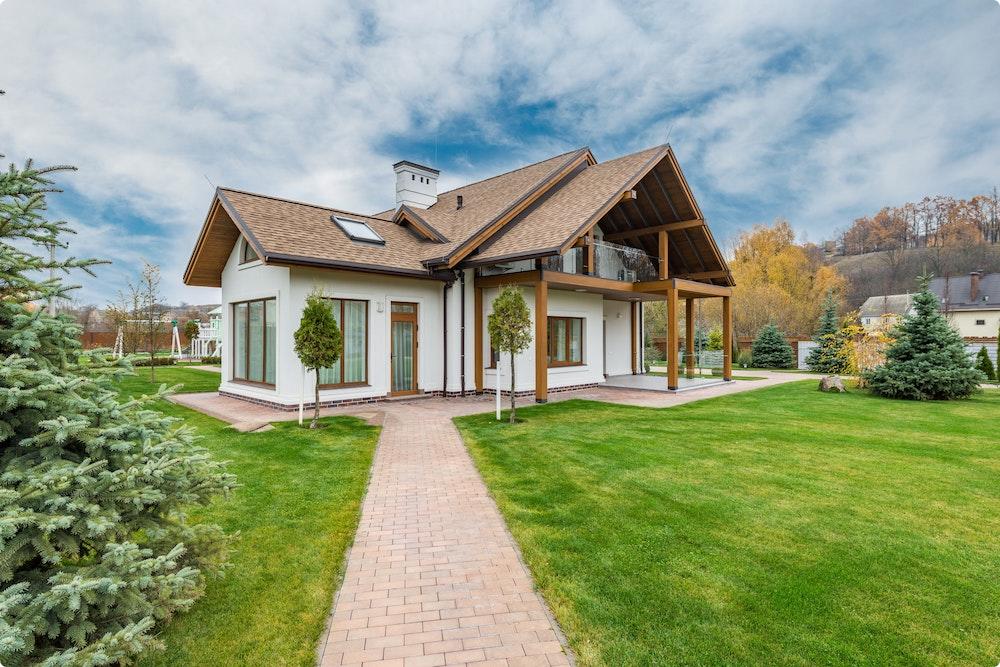
Which types of loft conversions are more suited to my home?
Not all types of loft conversion are suitable for every house. Although velux loft conversions or dormer loft conversions are relevant for all types of properties, Mansard loft conversions are more suited for semi-detached and detached homes, because of the additional construction space they need.
Similarly, hip-to-gable loft conversions are mainly suited for semi-detached, detached or end-terraced homes, for the same reasons.
How much does a loft conversion cost in London and the Greater London area?
Now that you know what regulations you must comply with and what type of loft conversion you would like, it’s time to discuss costs.
There are no official statistics on this matter, but you can generally expect to pay from £55,000 to £80,000 or more for a loft conversion in London. You will need to request quotes from various conversion specialists. Check out our dedicated article on this topic here.
Finding a loft conversion specialist in London
The first thing to do once you have identified what you want is to find a loft conversion specialist to help you plan the loft conversion and carry out the works. Just follow our tips below.
Start by looking at online directories and lead generators
Online directories and lead generators such as Bark or Houzz can come in handy when it comes to finding loft conversion specialists in your area. Type ‘loft conversion’ in the search bar, enter your postcode, and select a few contractors.
You can easily see how many stars a business has as well as all ratings users have provided. Don’t forget to read a few comments if you have the time.
All about Resi: the UK’s largest residential architect!
Resi is undoubtedly one of the most renowned loft conversion specialists in the London area. With services ranging from home extensions to loft conversions, Resi has undertaken 1,027 loft conversions across the UK from its launch.
Resi is now the UK’s largest residential architect, figured in the Mayor of London’s Good Work Standard!
Overall, the Resi team is proud of its 93% track record in getting planning approval. We walk you through every step of the process, handling the paperwork and the bureaucracy and ensuring your project gets the green light.
We are also proud of the 31 day average it takes us to go from survey to planning. Working with us will ensure that your loft conversion process will be as quick and painless
Resi has undertaken nearly 5000 home architecture projects in the** UK, and over one fifth of them were __loft conversions. We can say that we know what we are talking about!
Want to go forward with Resi?
Thinking of choosing Resi as your loft conversion specialist? Get an instant quote and find out how much your loft conversion project will cost you.
Ideas for your loft conversion in London
In need of inspiration? Keep reading to discover a few* ideas for your future loft conversion.
Loft conversions in North London
This loft conversion was undertaken in 2022 by Resi in Redbridge, North London. Encompassing not only a loft conversion but also a rear home extension, this project was undertaken to open up the ground floor into a more convivial space for the family.
With a total budget of £50,000, the home was entirely transformed, opening the underroof space into a luxurious family room bathed in natural light.. Find out more here!
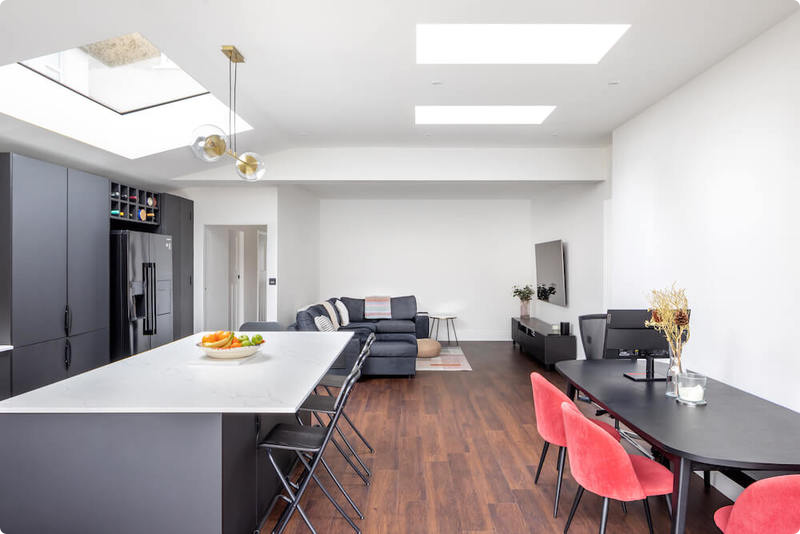
You can also read our dedicated article on loft conversions in North London here.
Loft conversions in South East and South West London
Southwark is an ideal borough for a loft conversion because of the large variety of existing lofts and former-industrial buildings in the area.
This loft conversion supervised by Resi in 2019 and authorised by the Southwark Council transformed a former attic into an additional living space. This space included an extra bedroom, a bathroom and a balcony! The total budget was £80,000, which is quite low given the amount of work involved for Check out this page for more info on this project!
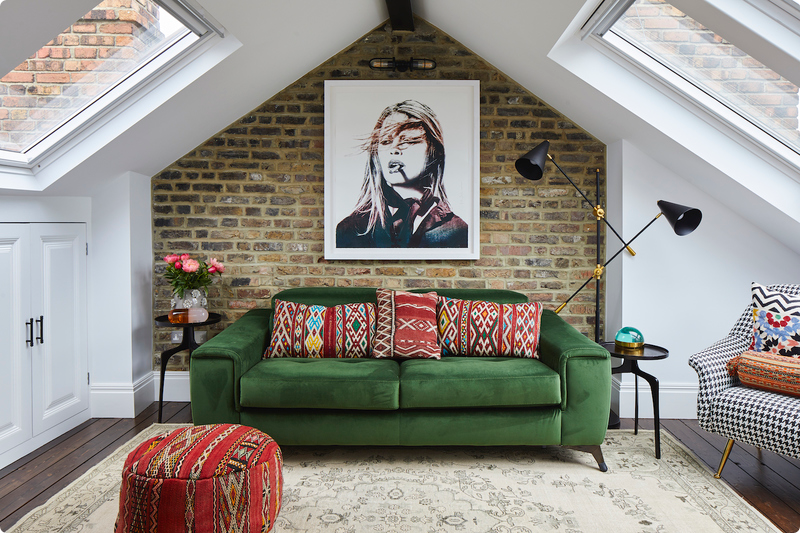
Another loft conversion project in South London by Resi: a family wanted to add an extra bedroom in their Lambeth home to host their visiting friends.
Completed in 2019, the project encompassed increasing the bedroom space and adding an extra bathroom in the house. More information can be found here
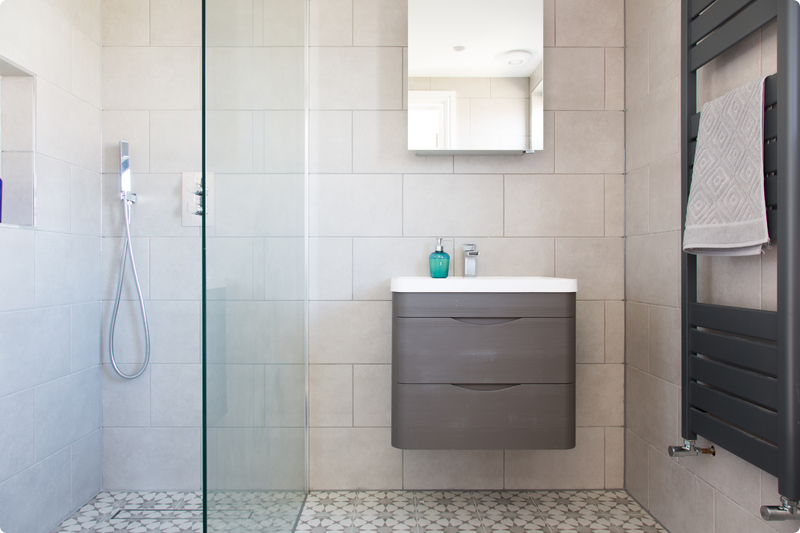
You can also read our dedicated article on loft conversions in South East and South West London here.
Lambeth Council guidelines
Local councils give guidelines for loft conversions in certain boroughs. Here are a few examples from the London Borough of Lambeth guidelines for loft conversions:
- They should be of a subordinate height to the windows on the elevation below and set in from the sides
- The window sill should rest on the roof slope and the head should run flush with the room ceiling height
- The window type and style should be in keeping with those on the main building
- The materials, construction detailing and form should all be simple and robust
- On sensitive buildings, they should be of modest size and aligned with the openings below.
Find out more on their website.
Loft conversions in East London
This unique loft conversion in the London Greenwich area was undertaken by Resi in 2019, in compliance with Greenwich Council’s regulations. Along with the ground floor extension, the house’s attic was entirely refurbished.
Two new velux windows or roof windows now provide a considerable amount of additional light to the room. This made it possible to convert it into a bathroom for the bedroom on the floor below. A balcony was also added to the floor below to fill the room with extra natural light. Find out more about this loft conversion here.
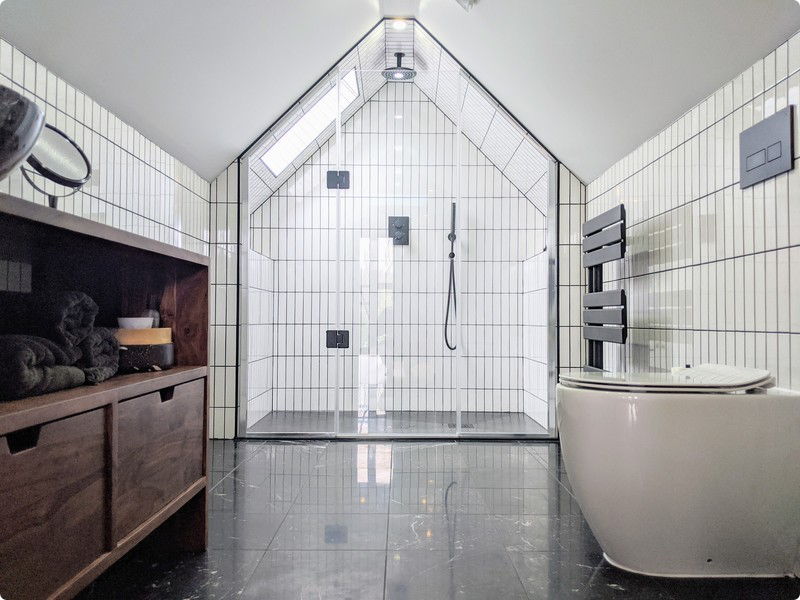
Read our dedicated article on loft conversions in East London here.
Loft conversions in West London
The following works are an example of loft conversion and large-scale home transformation undertaken in Wandsworth, South West London.
A total refurbishment and expansion which took place in 2021 in accordance with the requirements of Wandsworth Council The total budget allocated to Resi for this project was £235,000, encompassing large restructuring works to the house’s framework. The upper attic floor was transformed with a dormer loft extension, allowing for extra space for a master bedroom, a bathroom and children’s bedrooms. Find out more here.
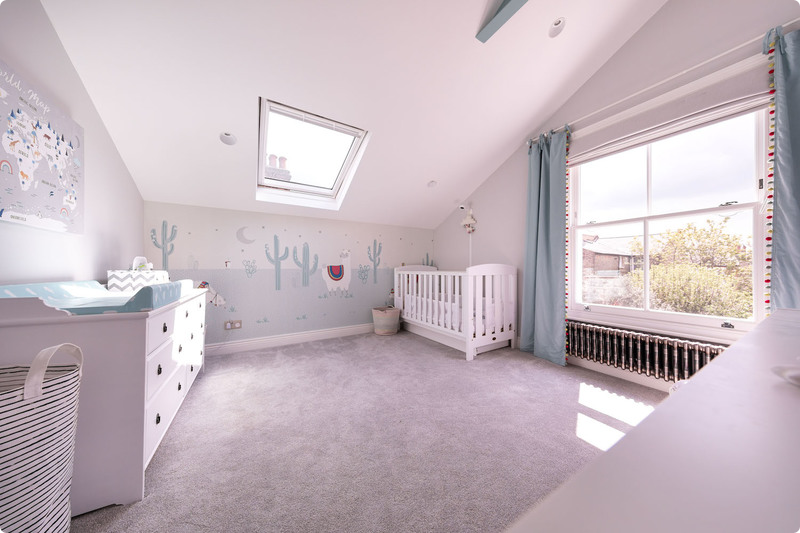
You can also view our dedicated article on loft conversions in Twickenham, West London here.
Wandsworth Council guidelines
Like other councils in the UK, the Wandsworth Council gives certain recommendations and regulations on the way loft conversions should be done. Here are a few examples:
- Must be a Mansard style dormer
- Avoid on an end of terrace if currently the roof is hipped
- Raising the ridge on a terrace row is also not acceptable
Find out more on their website.
Inspired yet?
By now, you should know everything about loft conversion in London. Are you ready to start off your own renovation project?
Now that you know all about the different types of loft conversions you can have, what the regulations are and how much it could cost you, all you need to do is find some inspiration and a good contractor to do the works.
Remember the value of your house could increase by __up to 20%!
Check out our portfolio for more inspiration on loft conversions, and feel free to get in touch with us.










